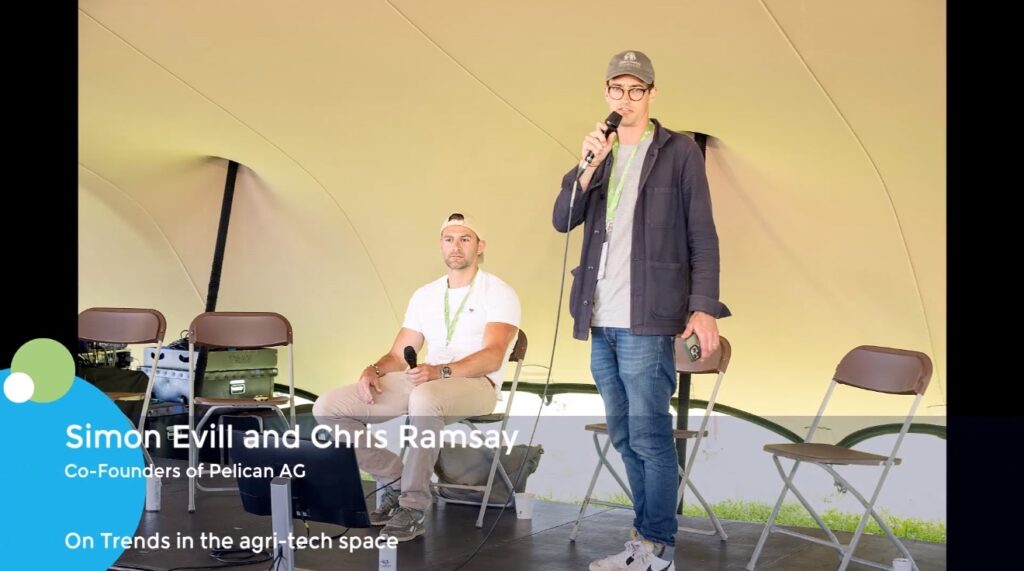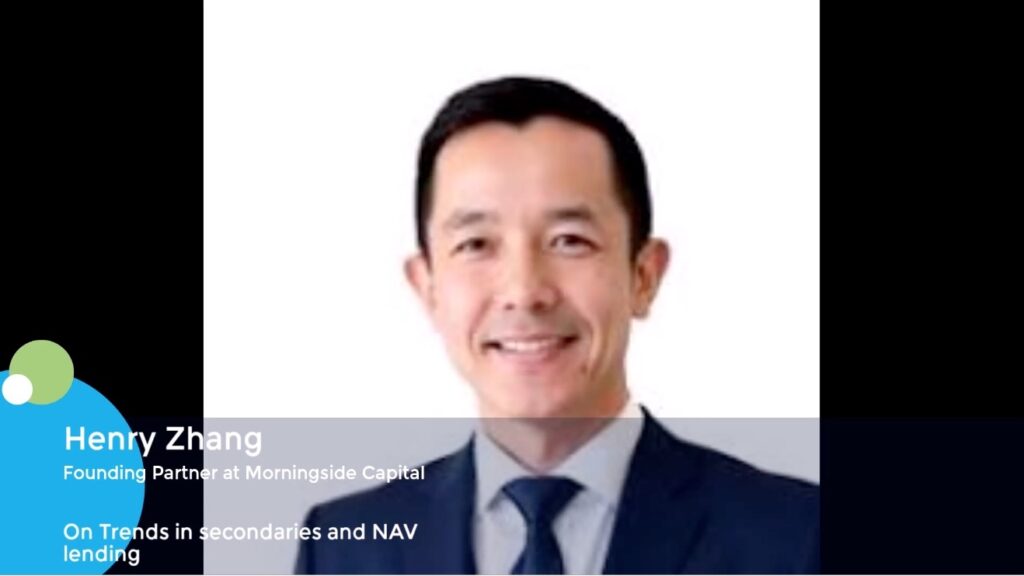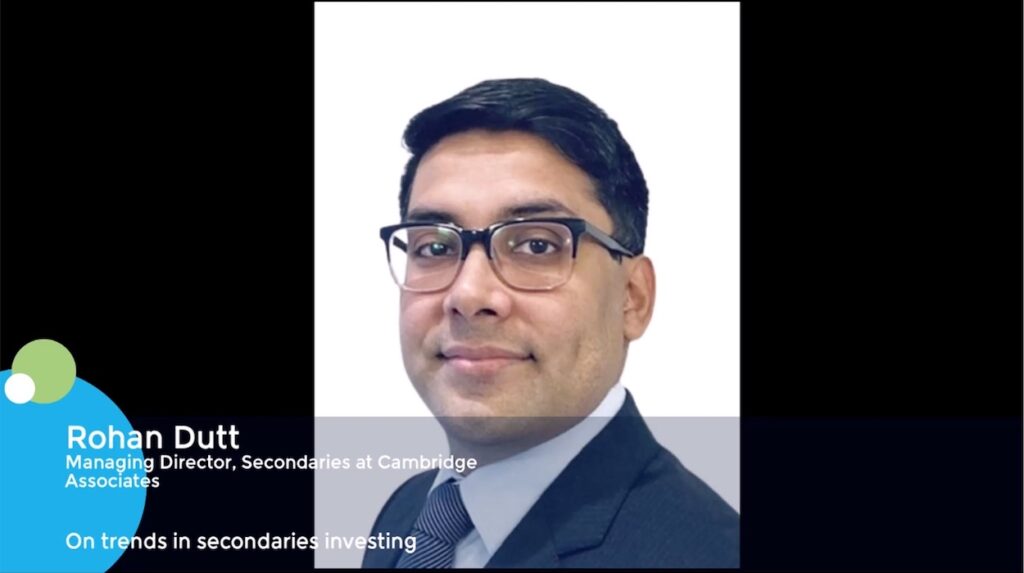Jim Pittman, EVP & Global Head of Private Equity at BCI, on BCI’s proposition and the outlook of private equity market
Jim Pittman, Executive VP and Global Head of Private Equity at BCI, joined Giovanni Amodeo for a fireside chat to discuss BCI’s private equity proposition and his outlook on the market. Here are the key takeaways from their conversation:
Background and BCI Overview:
- Jim Pittman has over 30 years of experience in finance and private equity, with a background in accounting and industry experience as a CFO and COO.
- BCI is a pension fund for unionized employees and government employees in British Columbia and Western Canada, with gross assets under management of $250 billion.
Private Equity Market Trends and Challenges:
- The proliferation of private equity funds (from 3,000 to 16,000) has led to a stuck capital situation, making it difficult for smaller managers to raise funds.
- Investors often opt for larger, well-known managers due to perceived safety and ease of allocation, making it challenging for newer managers to gain traction.
- The industry has become a fundraising machine, with many managers focusing on marketing and investor relations rather than deal-making and sourcing.
What Makes a Compelling Manager:
- Performance is key, with a focus on net returns (e.g., 25% net, 20% net, 15% net).
- Managers should have a clear investment strategy, a strong track record, and a compelling narrative for their fund.
- Investor relations teams are crucial in communicating a manager’s value proposition and building relationships with limited partners.
Red Flags for Managers:
- Managers who inflate their returns or mark their books aggressively may deter investors.
- Lack of transparency and inconsistent performance can raise concerns.
- Asset gathering without a clear strategy or focus can be a turn-off for investors.
Talent Acquisition and Retention:
- BCI looks for individuals with relevant experience, a strong network, and the ability to understand the dynamics of fund investing and deal-making.
- The firm attracts talent from the industry, often from managers looking for a more stable and long-term approach to investing.
Market Outlook and Trends:
- The secondary market will continue to grow, with a supply of around $100-150 billion.
- Continuation funds will become more popular as a way for managers to exit investments without selling at depressed prices.
- Consolidation in the industry is likely, with larger managers acquiring smaller ones to expand their strategies and AUM.
- Fee structures may change, with pressure on public companies to reduce management fees and focus on performance-based compensation.
Conclusion:
- The top tech companies and top private equity funds share some similarities, but the growth dynamics are different.
- The industry may see more concentration and consolidation, leading to concerns about too-big-to-fail scenarios.
- Overall, Jim Pittman’s insights provide a candid look at the private equity industry, highlighting the challenges and opportunities in the current market environment.
Key timestamps:
00:09: Introduction to ION Influencers’ Fireside Chats
00:46: Jim Pittman’s Background and Role within BCI
01:55: Overview of BCI as a Pension Fund
03:33: Expansion of BCI into Private Equity and Infrastructure
03:55: Observation of Trends in the Private Equity Market
06:20: Factors Influencing Investor Decisions in Private Equity
08:23: Selection Criteria for Private Equity Managers
10:14: Focus on Fundraising and Deal Making in Private Equity
12:54: Impact of Transition and Performance in Private Equity
13:33: Red Flags for Private Equity Managers
16:13: Challenges in Building a Global Private Equity Team
16:42: Understanding Fund Dynamics
17:05: Industry Connectivity and Market Trends
17:45: Attraction of Capital and Talent
18:22: Motivation and Risk Aversion
19:51: Verification and Networking
20:17: Trends in the Secondary Market
21:27: Role of Secondary Market in Asset Management
22:52: LPs and GP Stakes
23:29: Continuation Vehicles and Acquisitions
24:24: Anticipated Changes in the Industry
25:05: Fee Structure and Manager Compensation
25:41: Comparison with Top Tech Companies
26:44: Conclusion and Insights










